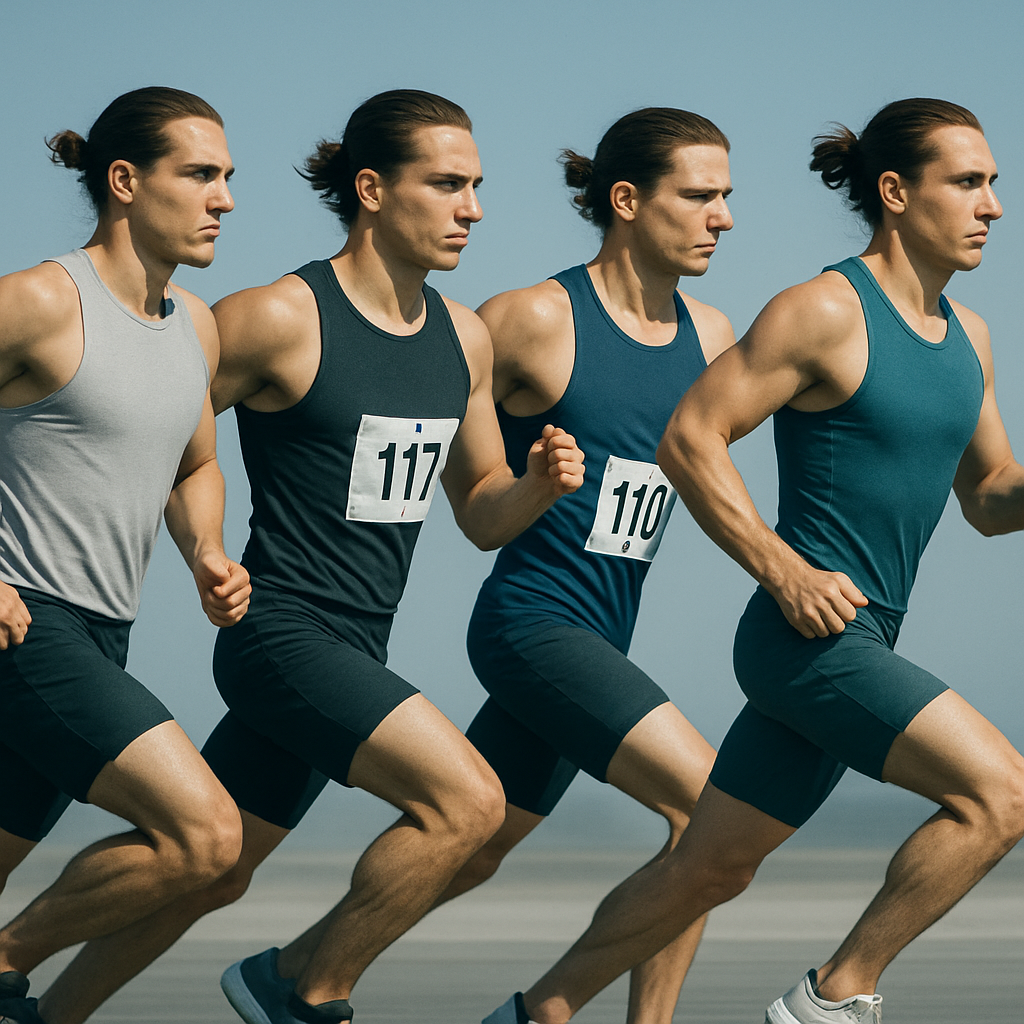


As the curtain falls on the Paris Olympics, Chinese athletes have completed their journey with pride and excellence. In the world of competitive sports, success is no longer dictated solely by raw physical strength or tactical prowess—it increasingly reflects the synergy between advanced technology and relentless training. Among the key innovations reshaping sports today is the flexible pressure sensor, a discreet yet powerful tool that is redefining how athletes train, perform, and improve.

In professional athletic training, systems like VBT (Velocity-Based Training) for weightlifting, isokinetic strength devices for boxing, and dual force plates for sprinting depend heavily on high-sensitivity force sensors. These systems rely on real-time data to deliver feedback, optimize techniques, and prevent injury.
Flexible pressure sensors stand out due to their:
Compact size and minimal weight
Wide pressure detection range (0–2 MPa)
High sensitivity and resolution
Adaptability to various surfaces and equipment
These features enable them to capture subtle pressure changes during motion, providing accurate feedback that was previously difficult to obtain. As a result, these sensors are rapidly becoming indispensable in athletic training, offering athletes and coaches deeper insights than ever before.

Take gymnastics, for example—where precision in every movement is critical. Flexible pressure sensors can be seamlessly integrated into clothing or gear, such as socks or sleeves, without affecting an athlete’s comfort or performance. Their ultra-small form factor allows them to be attached to almost any surface.
Simulation Example:
When a gymnast steps on a sensor array while wearing regular socks, even the slightest movements generate detectable pressure differences. The system maps these variations in real time, helping to refine technique and balance.


In track & field and team sports, understanding how force is distributed across the feet and hands is crucial. Flexible pressure sensors offer penetrative monitoring capabilities—meaning they can sense changes through insoles, gloves, or other gear.
Running Gait Simulation:
An athlete standing on a pressure-sensing mat shows even pressure distribution. When shifting to single-leg support, the sensor detects a broader pressure range and intensity on the supporting foot, offering valuable biomechanical insights for performance improvement.

These sensors are engineered for easy integration, supporting common communication protocols such as IIC, UART, and IO. They are fast to activate (within 100 milliseconds) and offer a refresh rate of up to 100Hz. This enables direct connectivity with smart wearables and other training equipment, enhancing data collection and analysis.
With a low operating voltage of 3.3V and maximum current of just 10mA, flexible pressure sensors are energy-efficient. Each sensor weighs less than 1 gram and complies with RoHS standards, aligning with global trends in sustainable and green technology—particularly in the field of sports tech.
As flexible pressure sensor technology continues to evolve, its impact on sports will only deepen. From preventing injuries to fine-tuning motion, these sensors provide the data-driven foundation for the next generation of elite athletes.
In a world where milliseconds and millimeters matter, flexible pressure sensors are not just tools—they are game-changers. They mark the shift from brute-force training to intelligent, data-informed athletic development—ushering sports into a smarter, more precise future.
